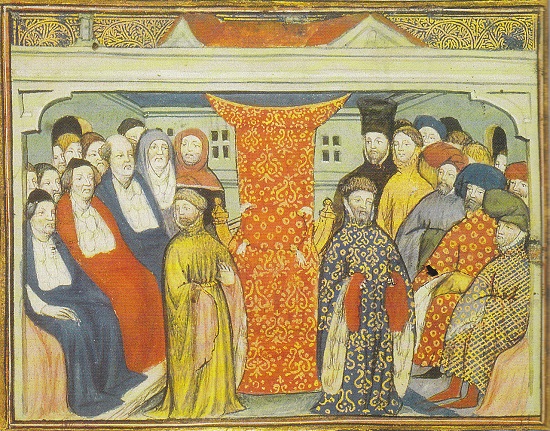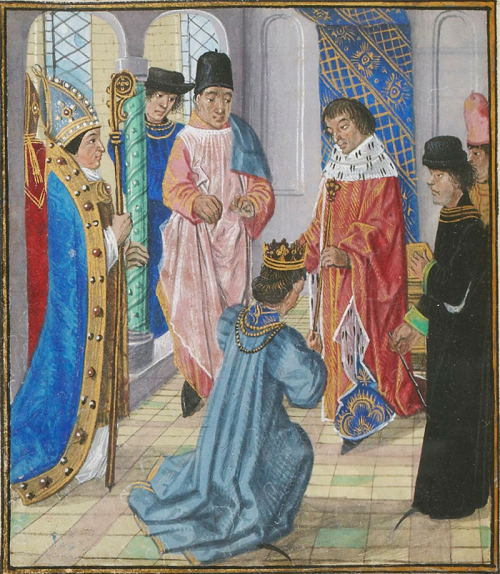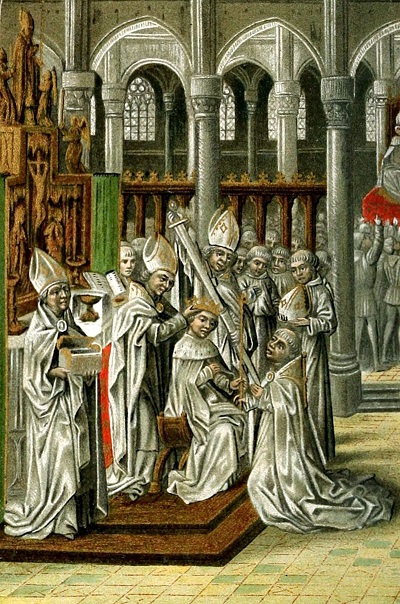Adolescence
In 1100, Henry I the fourth & landless until then, son of William the Conqueror, manages to win the support of the English barons after the death of his brother William II and be crowned King in Westminster, despite the objections of his brother Robert Cutrhose, who failed to enforce his accession.
Probably as a gift of gratitude for their support in succession, the Londoners were now given a new charter of extended freedoms which included the right to appoint their sheriffs, the freedom from all tolls throughout England and its main ports, hunting rights that expanded to the counties of Middlesex and Surrey and a reduction of the annual tax paid to the King. A massive token of gratitude.
Henry I’s death in 1135 without a male heir, ignited a new series of civil wars, between the supporters of his daughter Matilda (also known as Empress Matilda, a title she had inherited after her first marriage with the Holy Roman Emperor Henry V) & Henry’s nephew Stephen of Blois (his mother was the daughter of William the Conqueror), a well-established figure in Anglo-Norman society at the time.
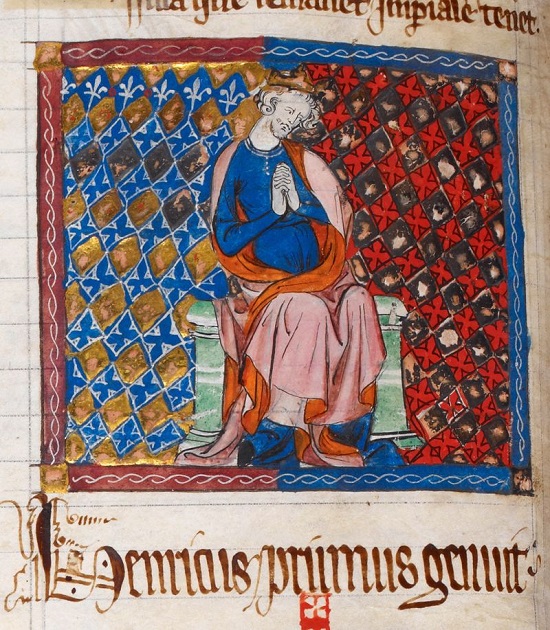
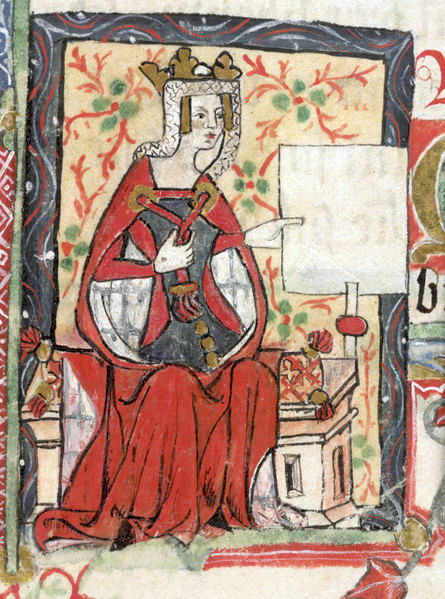
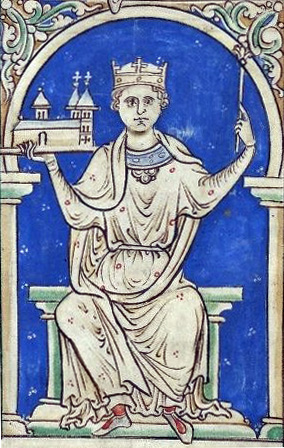
The freedoms already given to them, the tradition of Westminster coronations & the increasing esteem of their city had led Londoners to a firm belief that they could claim the right to elect their King, a right that they exercised in the case of Stephen of Blois by proclaiming him as their new monarch with the hope he would grant the city a new set of rights & privileges.
The period of civil unrest that began after King Stephen’s coronation in 1135 became known as Anarchy due to the general collapse of order & constant warfare in the country. It would only cease a year before his death, in 1153, when the king finally acknowledged Matilda’s son Henry Plantagenet as his heir.

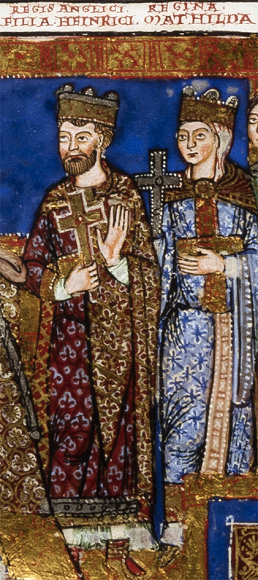
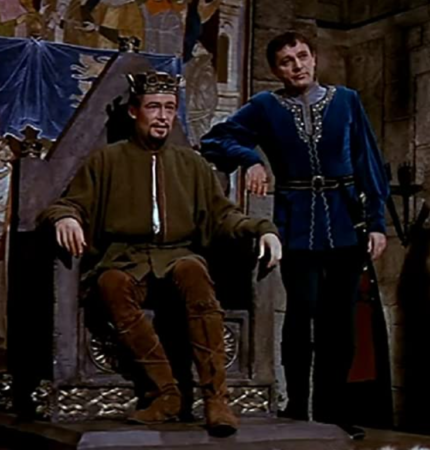
Henry Plantagenet or Henry II brought with him the reinforcement of close commercial relations with France. That helped London regain much of its trade activity, lost during the years of anarchy. The trade routes opened even further as Henry’s kingdom expanded in the lands of Scotland, Wales, Ireland & the greatest part of Western France.
To a great extent, his reign would be sullied because he decides to suppress his highly respected Archbishop of Canterbury who was ultimately assassinated by one of his men. Becket was canonized by Pope Alexander III a little more than two years after his martyrdom. Becket’s cult grew significantly during the middle ages, vilifying the king’s image even further.
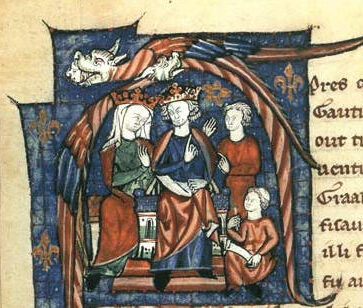
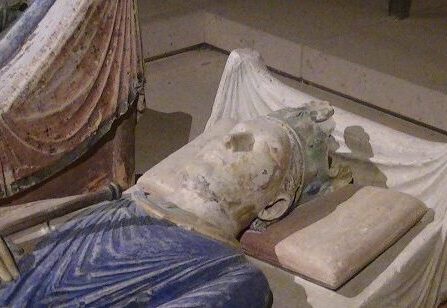
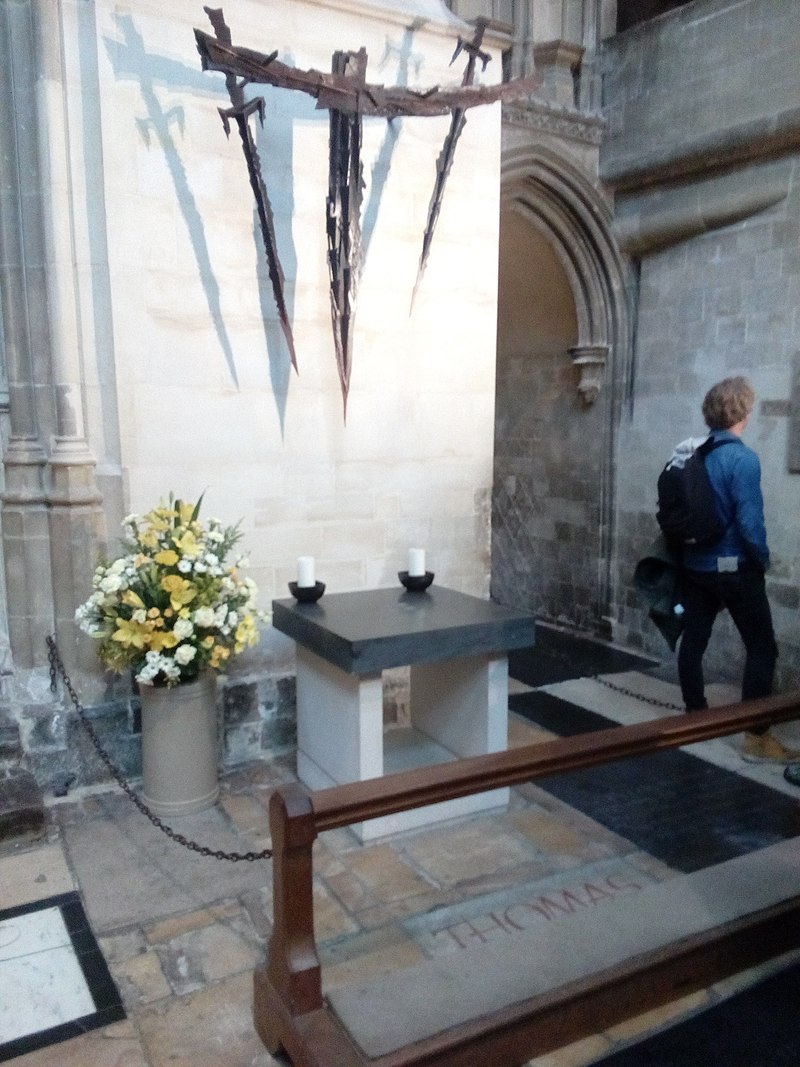
The English cleric William Fitzstephen in the late 12th century describes London in his work “Descriptio Nobilissimi Civitatis Londoniae” as a city defined by the Tower to the east, two heavily fortified castles to the west, by its high and wide wall punctuated at intervals with turrets and seven doubled-gated entrance ways, suburban houses of beautiful and spacious gardens on every side, tilled fields, pastures, and pleasant level meadows with streams flowing through them to the north.
He also underlines the standout of the vast St.Paul’s Cathedral still under construction at that time, its bridge, built in stone after 1176, the only crossing of the river for miles, its thriving port with ships from all corners of the known world and its 13 large monasteries and 126 parish churches.
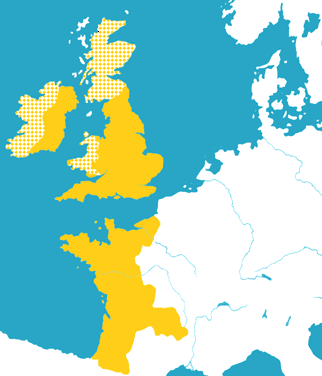
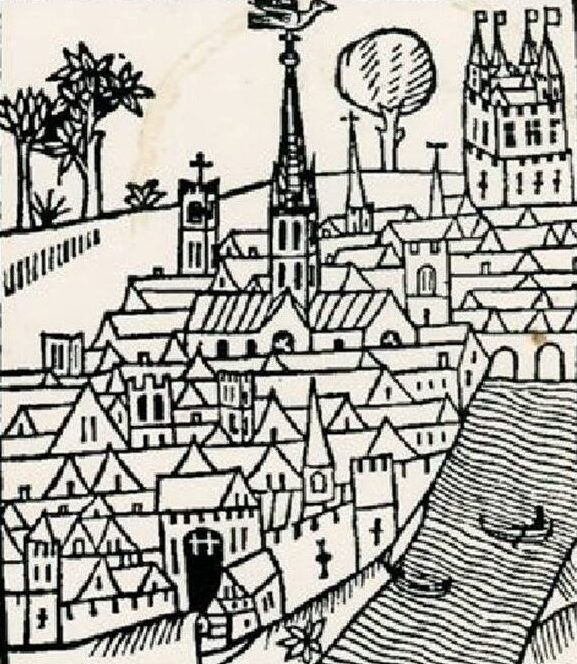
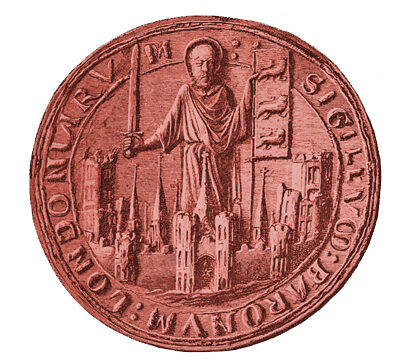
In 1189 Richard I (the Lionheart), King Henry II’s third of five sons, is crowned King in Westminster Abbey. Like his predecessors before him, he would reassert the strength of the city’s Mayoralty embodied this time by the Lord Mayor of London, appointed for the first time in history after Richard’s coronation. Richard’s leading role in the Third Crusade & the campaign to recapture Jerusalem from Saladin led to his long-term absence from the throne & the governance of his kingdom by a team of anointed councilors based at the Tower of London.
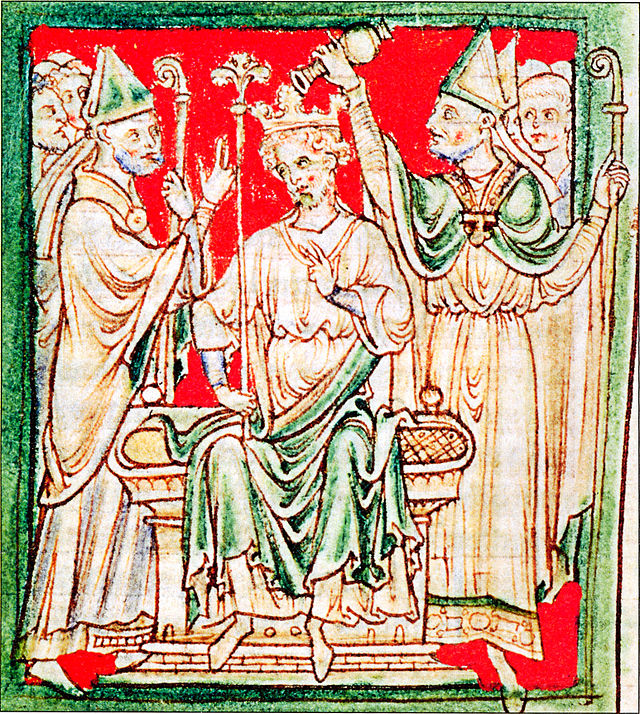
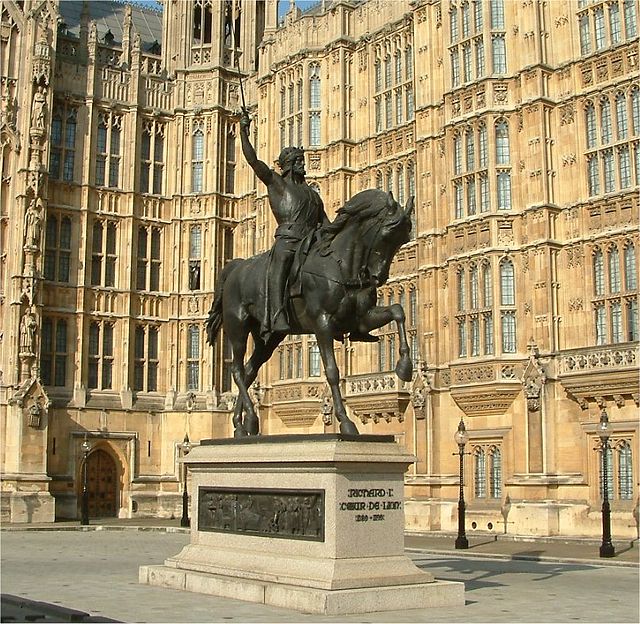
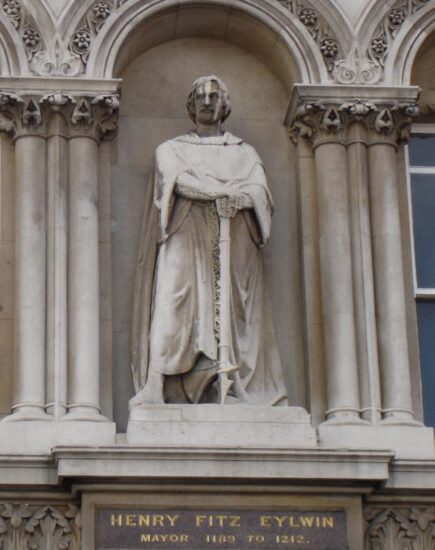
The inability of corporation between the anointed ruling body became the excuse Richard’s youngest brother John Lackland was expecting to break his promise to his brother. With the support given to him by Londoners who always sought an opportunity to gain the most out of any political unrest for their city, John Lackland takes control of London. However in 1194, Richard returned unharmed from his campaign to reign for 5 more years, he forgave his brother’s ambitions and recognized him as his legitimate heir before his death in 1199.
John has formally crowned a king in Westminster later that year (1199). After the loss of his lands in France in 1204 and his almost decade-long campaign to regain them, the economic burden fell hard on his subjects. The general discontent led to a revolt of the English barons in 1215.
The barons managed to seize London and force John into signing the famous Magna Karta which among others gave Londoners the right to elect their governing Mayor. It would be a milestone victory for democracy that would change the fate of England and London forever. The foundations of a true democracy had been laid and the course of events would always lead to the signing of that significant document as the route of it.
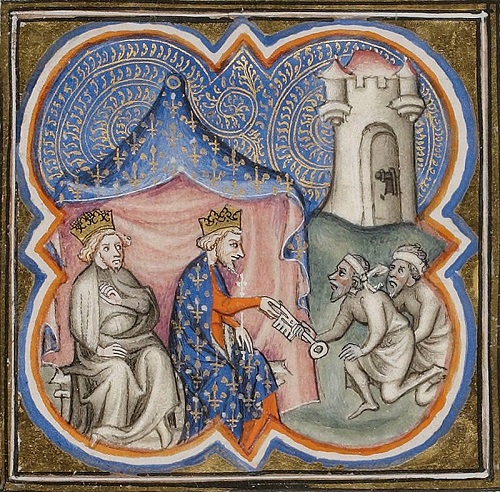
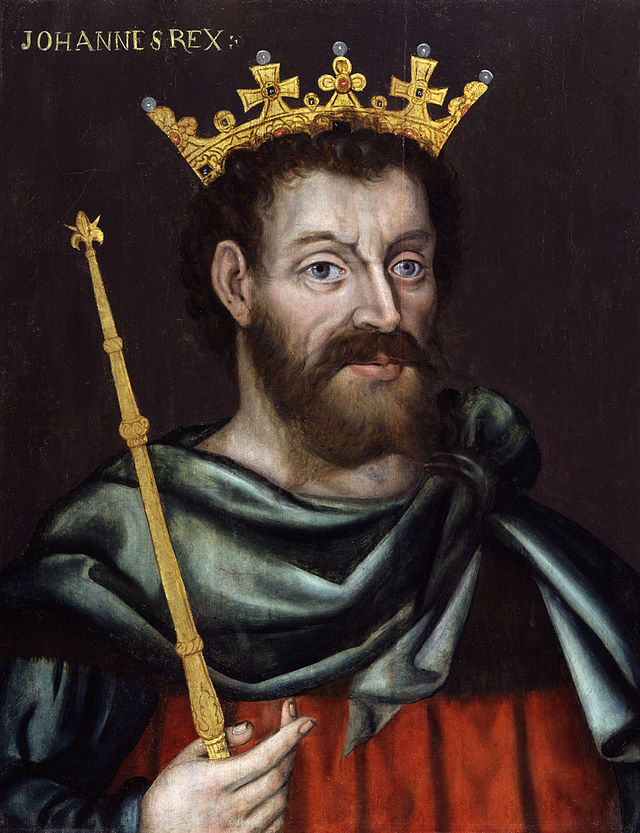

The concessions by King John would not eliminate the tensions with the English barons who didn’t trust he would keep the treaty. The rebels entered the First Barons’ War with London as their stronghold. An invitation was sent to Prince Louis, the son and heir apparent of the French King to come to their aid.
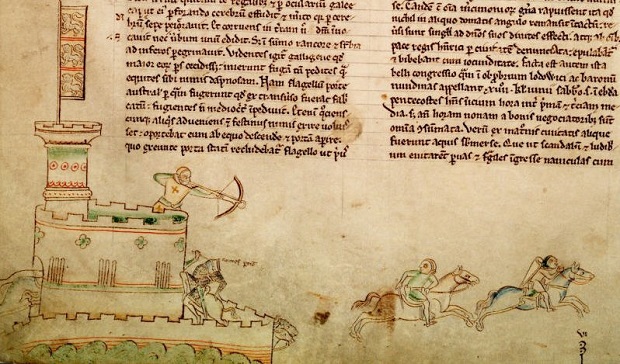
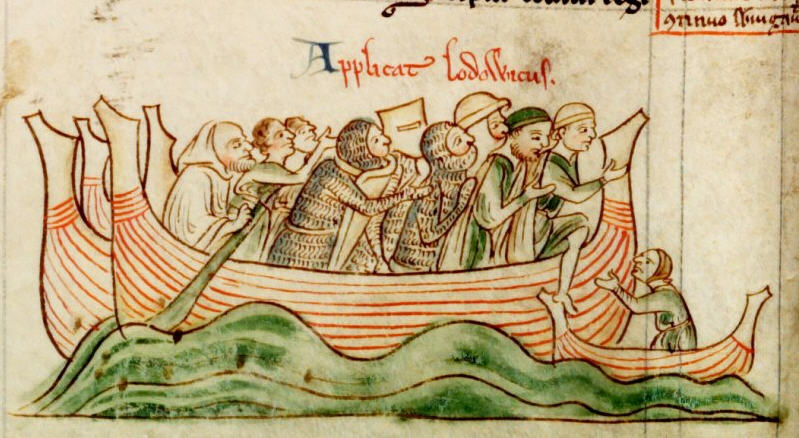
Prince Louis (later Louis VIII of France) entered London with little resistance and was openly received by the rebel barons and citizens of London. He was proclaimed King at St. Paul’s cathedral. (Not crowned at Westminster as usual). After the death of King John in 1216, Louis seemed much more of a threat to the baronial interests than the late king’s 9-year-old son Prince Henry III, who was declared King on October of 1216 at the Abbey of Gloucester since London was still under Prince Louis’ control. In 1220, aged 12, Henry III was crowned in Westminster Abbey, this time with all due ceremony, after a series of victorious battles against the French Prince and his allies.
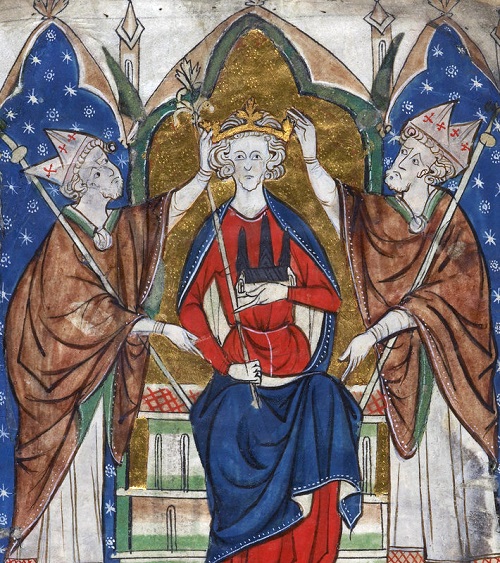
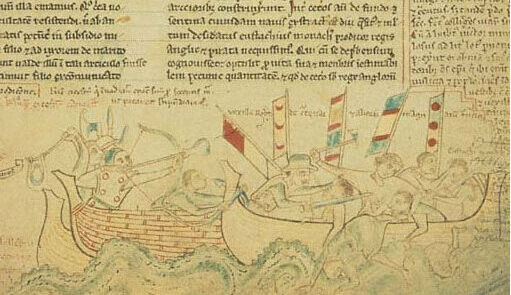

During the 13th century, London’s population boomed with many of its streets nominations reflecting the various guilds that flourished in the medieval city such as Bread St., Milk St. & Wood St. (most of them still used today). Trade prospered & new wharves were constructed along the river to serve the increasing amount of oversized ships that could no longer pass under the London Bridge.
Wine from the Rhine & France was unloaded daily while wool heading to the weaving towns of Flanders was usually shipped out. King Henry III’s devotion to the Christian faith favored the development of several religious orders that were supported to establish their presence in the city. The Knights Templar, the Dominican friars or black friars, the Franciscans or grey friars, the Carmelites or white friars & the Teutonic Knights all roamed and preached around the narrow streets of the medieval city which was shaped according to the typical city-scape of the era with the numerous convents, churches, and abbeys that were erected dotting its map.
Most important of all the Benedictine Abbey of St. Albans more than 10 km to the north of the city, is famous as a place of learning. The monks who lived in the Abbey produced high-quality manuscripts in a workshop called the scriptorium. These included bibles and books on science, music, and classics. Matthew Paris, one of Europe’s outstanding medieval chroniclers, had been a monk at St Alban’s from 1217 to 1259 leaving a huge collection of history and the deeds of prominent people in the chronicles of the monastery.
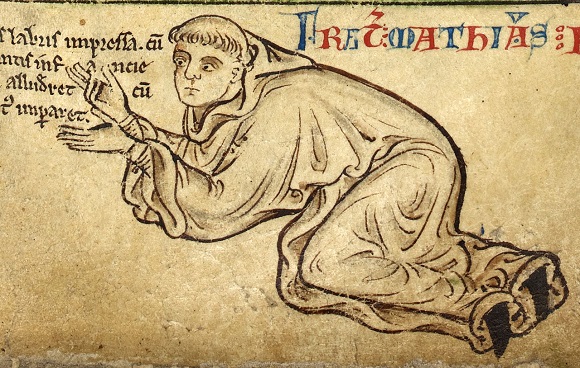
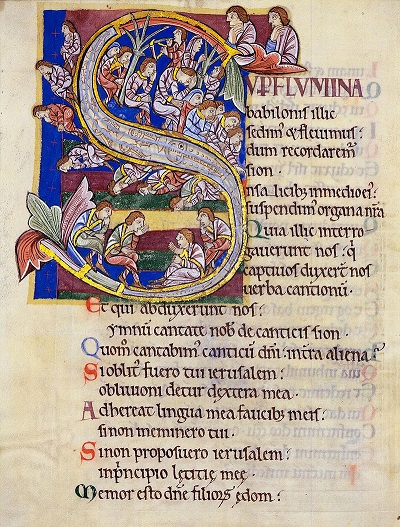
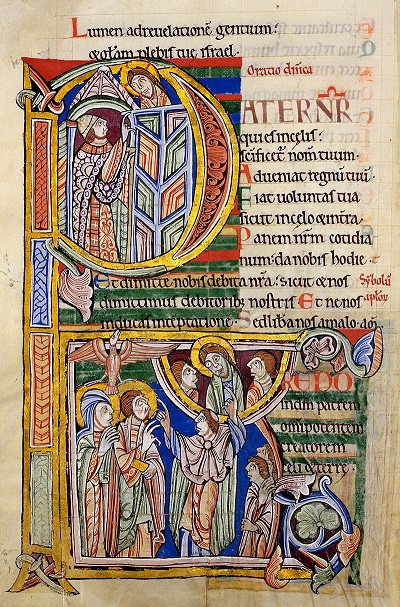
The royal court along with the civil courts that were established after the Magna Carta was almost permanently held in the Great Hall of Westminster which was officially recognized as the clear political and legal powerhouse of the country. The canonization of Edward the Confessor who was buried in Westminster Abbey increased the abbey’s importance with King Henry III commencing its transformation from Romanesque to Gothic in 1243.
Α turbulent period followed, marked by the first assembly of the Parliament in English history at the Great Hall of Westminster (1262 to 1264) but also by the Second Barons’ War (1264–1267) which resulted in a victory of the Royal forces. Henry devoted his last years to the transformation of Westminster Abbey into a prestigious pilgrimage site. He was buried in front of the church’s high altar in 1272. In 1290 King Edward moved his father’s body to a grander tomb in its current location in Westminster Abbey.
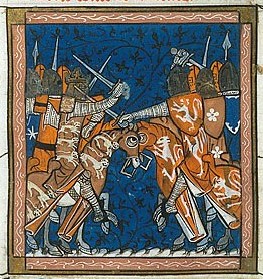
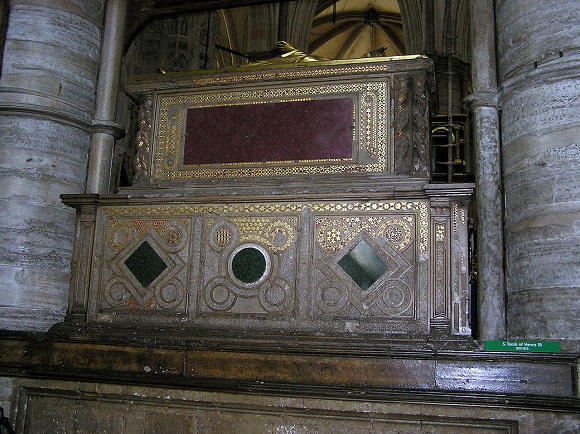
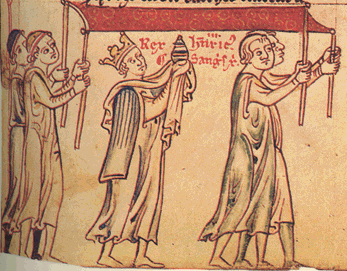
By the year 1300 London was the biggest in England with a population of 100.000 about 4 times the number of its rival cities like York or Winchester. The hiking population and the poor sanitation conditions created a hygienic bomb that would explode during a huge wave of one of the worst transmissible diseases in human history. The disease of plague or black death broke out at the end of 1348 wiping out about half of the city’s population in only two years. Many of the houses within the city walls were left uninhabited while the hospitals created by the monasteries such as St. Thomas’s & St. Bartholomew’s treated the sick.
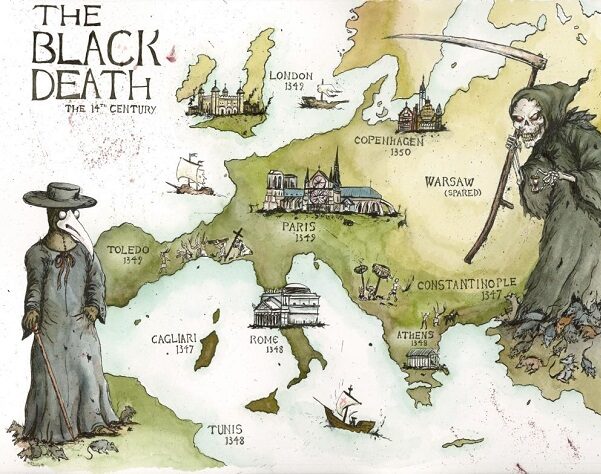
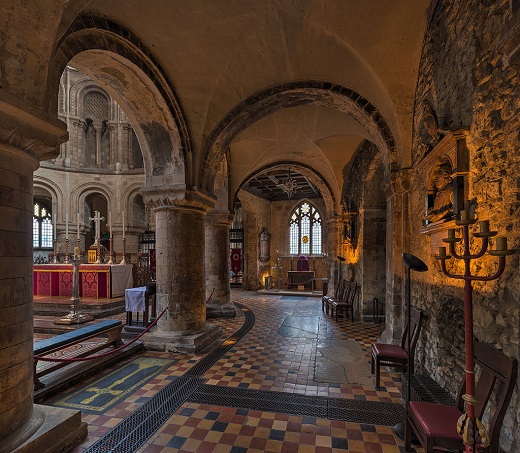
The end of the 13th & beginning of the 14th century was marked by King Edward I‘s also known as Longshanks (famous from the movie Braveheart) extensive wars against the Welsh & the Scots. They would be followed by a full-scale war against the French, mainly over the French possessions of the English Crown (from the time of the Norman Conquest), also known as the Hundred Years’ War (1337-1453).
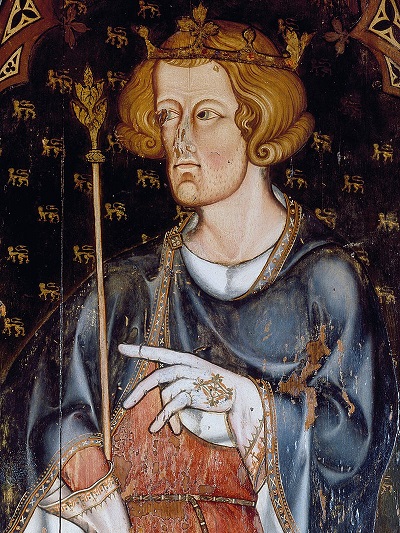
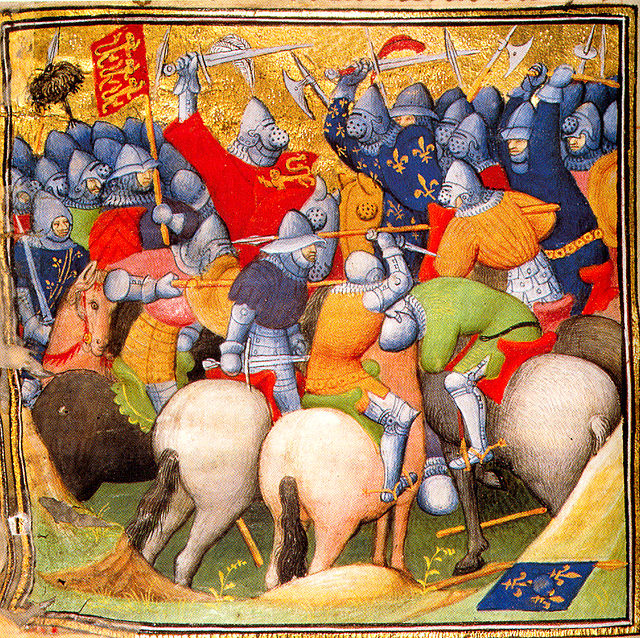
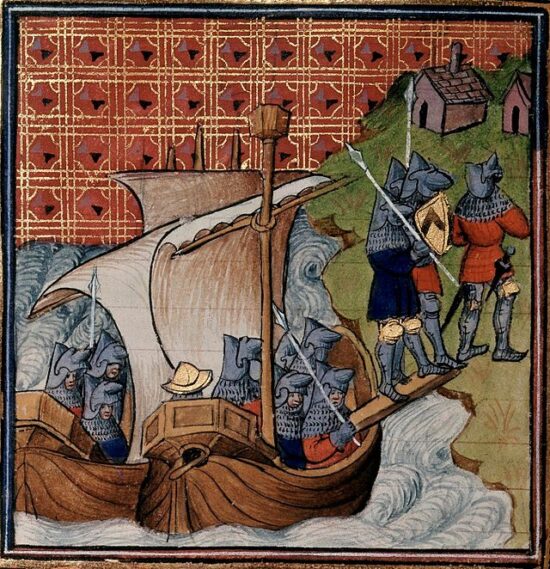
Despite the constant warfare & the devastating effects of the Great Plague London’s economy continued to grow. The guilds (from the Saxon word gegildan=to pay) took over a very central role in everyday life. The members of each trade began wearing common uniforms or livery at major ceremonies & processions thus giving the name Livery Companies to the trade guilds. Each one had its codes and rules, a distinct coat of arms, and, an assembly hall. By the start of the 14th century, no one could practice a trade or set up a shop, take apprenticeships, or vote to elect a Mayor, unless they were admitted to a Livery Company.
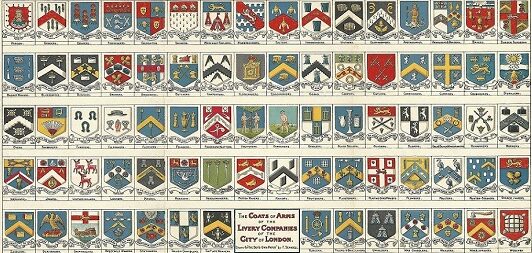

The adaptation of the English economy to the high death rate of plague & war brought a significant increase in wages for laborers who became a more valuable & hence more expensive means of production. The legislation enforced by the wealthy elites to readjust wages to pre-plague levels but most of all the growing amount of taxes used to cover the expenses of war led to the outbreak of a revolution known as the Peasants Revolt in 1381.
A whole spectrum of rural society, from artisans to village officials, clerics, etc, rose in protest & entered London where they were joined by many local townsfolk. The crowd took over the city killing many of the people associated with the royal government before Richard II (r. 1377 – 1399) finally managed to repress the revolution & kill a great number of the rebels.
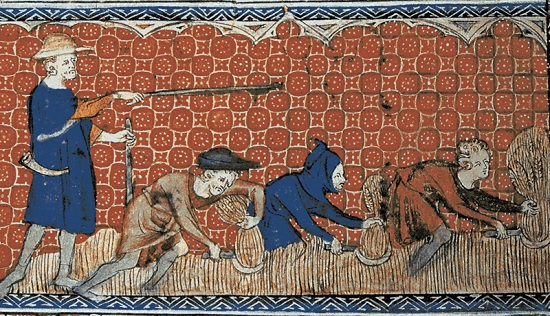
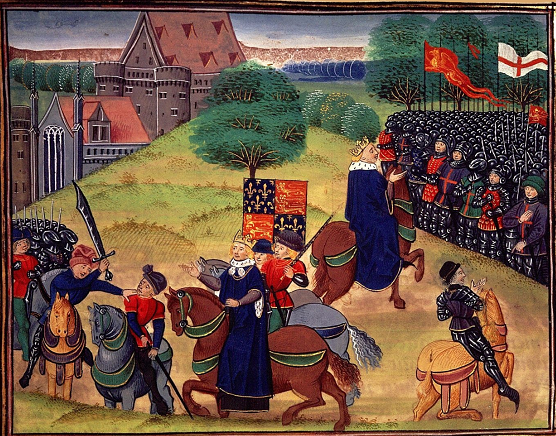
In 1399, Henry of Bolingbroke, Richard II’s first cousin, was exiled & disinherited after his role in the Coup d’état that formed the so-called Merciless Parliament in 1387 (during the coup many of the king’s officials had been killed, including the Lord Mayor of London), returns to England & manages to gain enough support to have himself declared king as Henry IV. The former King, Richard II, is imprisoned for the rest of his life. Henry IV’s coronation on October 1399 at Westminster was probably the first time following the Norman Conquest that the monarch made an address to his subjects in the English language.
